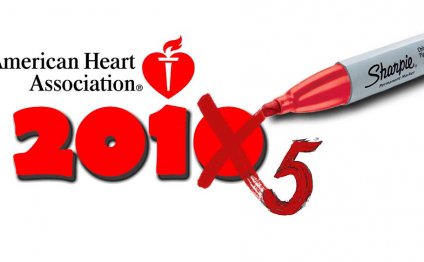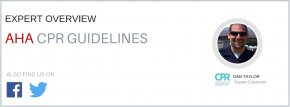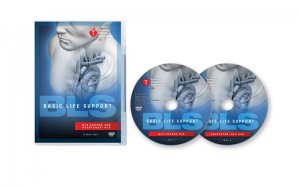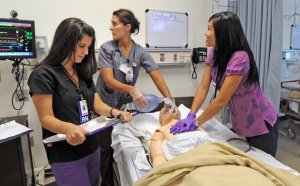
AHA Healthcare Provider CPR Guidelines
 AHA formal directions for CPR – Latest 2014/ 2015
AHA formal directions for CPR – Latest 2014/ 2015
The United states Heart Association (AHA) is a non-profit company committed to fighting coronary disease and ramifications of it including cardiac arrest. Through a continuing process the AHA product reviews all available analysis regarding cardiopulmonary resuscitation (CPR), first-aid, and Advanced life-support efforts employed by healthcare providers. Caused by this method is a number of diligent care recommendations and enhanced curriculums the programs they provide. Even though recommendations are arriving from a United States based organization they truly are predicated on research from across the world. The newest report is from 2010 and there'll likely be an updated one in 2015. Below are a few for the key points from the 2010 revisions, with a focus on suggestions for the common rescuer, maybe not healthcare providers.
Immediate recognition and a reaction to cardiac arrest
Time is crucial whenever someone’s heart has actually stopped and any wait in starting resuscitation efforts may cost that individual their life. Record indicates that sometimes an individual in or approaching cardiac arrest may gasp or show somewhat abnormal breathing either that is inadequate to maintain all of them. That breathing has-been mistaken by bystanders as sufficient and CPR ended up being delayed until expert responders appeared. The latest recommendations worry the significance of recognizing signs and symptoms of cardiac arrest and taking action rapidly.
The ABCs becomes CAB
Before the entire process of evaluating and making help started with addressing the patient’s Airway, then their Breathing, and finally their blood supply giving increase towards ABC approach. The existing process nonetheless includes those three elements, in your order of CAB Circulation, after that Airway, after which Breathing. Handling too little blood supply through compressions is more essential initially than dealing with airway or respiration. The AHA estimates the change only delays respiration for a patient by 18 moments, but considerably gets better exactly how shortly compressions begin. Now somebody straight away provides thirty upper body compressions, after that tilts the head to start the airway, then provides two breaths. The existing tips have actually removed the practice called Cricoid stress which involved a rescuer using force to your patient’s windpipe while breathing for all of them with the hope of decreasing the total amount of environment that entered the tummy. Research has shown this training is difficult to instruct to rescuers and will not result in the difference it absolutely was when thought to. For those explanations Cricoid Pressure is no longer suggested.
Streamlined process for supplying CPR
Obstacles and complications to starting CPR have-been eliminated with the hope of encouraging bystanders to behave faster. Among changes had been getting rid of the old “Look, Listen, and Feel” process and continuing to insist that lay rescuers usually do not look for a pulse. Lay rescuers plus experienced health providers could have a hard time finding a pulse and spend too long finding one before beginning CPR. It is far better for anyone to have CPR and never want it than forgo CPR if it is desperately needed.
Continued focus on high quality CPR
Not merely must CPR be started rapidly it must also be good enough to benefit the individual. For untrained rescuers or those unwilling/unable to offer breaths exemplary compressions provided continually without breaths is very desired. Compressions, with or without breathing, ought to be cast in stone and carried out in the midst of the upper body. They must be at a consistent level with a minimum of 100/min additionally the depth of these should be at the least 2 ins. The new level is only hook vary from the prior 1 ½ to 2 ins but by motivating individuals compress the upper body at the very least 2 inches there's a higher probability that each and every compression will push more bloodstream into the mind, heart, also body organs. Providing one number to focus toward is part associated with the AHA’s work to streamline the method and as a result increase the overall result for customers.
The brand new overall process is it:
The moment a crisis is recognized someone should demand assistance and acquire an AED.
If prey isn't responding to rescuers and will not appear to be breathing normally, CPR ought to be begun.
Share this Post
Related posts
AHA Healthcare Provider BLS
Maybe you have sent applications for work that needed BLS certification? “I’m CPR certified, ” you state. “But does that…
Read MoreCPR Healthcare Provider Classes
The American Heart Association s crisis Cardiovascular Care (ECC) is inspiring the world to save lives through a dynamic…
Read More
















